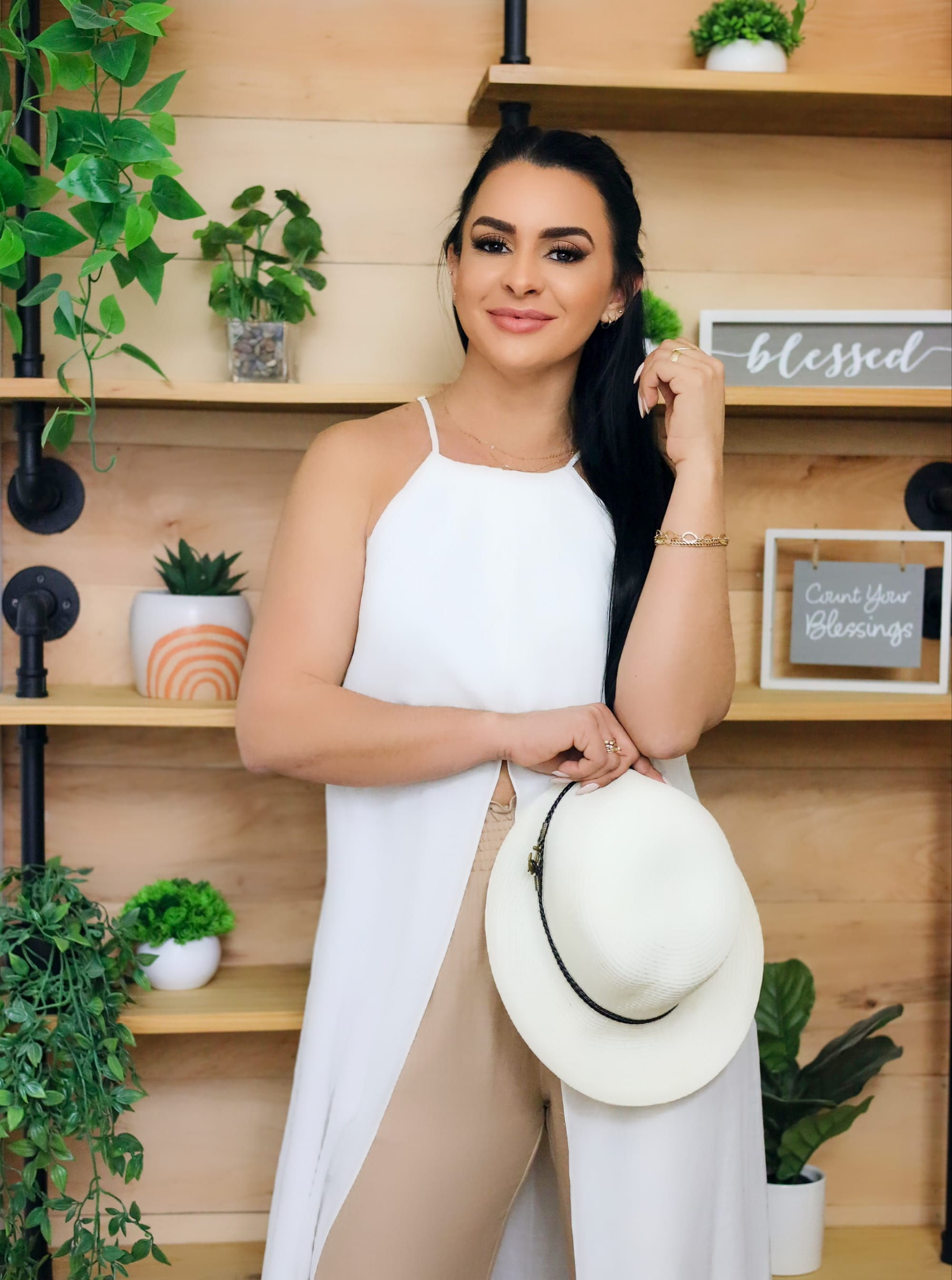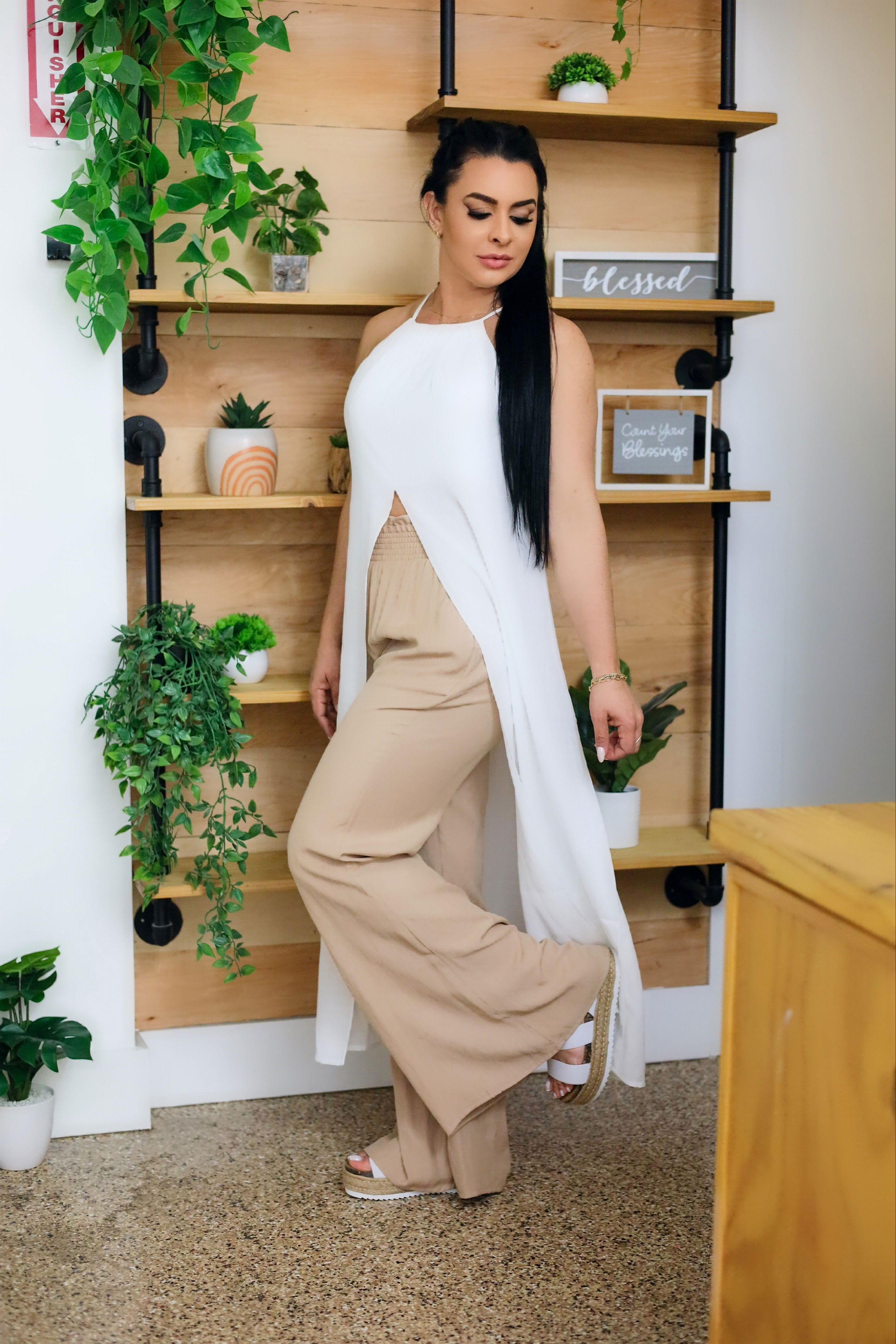Sustainable Fashion

Understand what Sustainable Fashion is
Sustainable fashion is a new concept in textile industry production. In recent years, there has been an increase in awareness about the importance of sustainability in all aspects of life, including fashion. Sustainable fashion is a movement that seeks to reduce the negative impact of the fashion industry on the environment and people, through ethical and sustainable practices at all stages of the production and consumption process. The traditional textile industry is one of the most polluting in the world, which has concerned some people. The mass production of clothing and accessories consumes large amounts of water and energy, as well as producing a large amount of toxic waste and greenhouse gases. Sustainable fashion seeks to minimize environmental impact by using organic and recycled materials, as well as more efficient and less polluting production processes.
Another concerning factor is the working conditions of people involved in the production of clothing and accessories. In the fashion industry, there are many reports of exploitation and child labor practices in many developing countries. Sustainable fashion seeks to ensure that people involved in the production of clothing and accessories are treated with dignity and receive fair wages, offering unique and high-quality pieces produced by small local producers that encourage the local economy.
Another important factor to consider is the difference between traditional fabric and sustainable fabric. Traditional fabrics, made of synthetic materials like polyester and nylon, for example, can take hundreds of years to completely decompose in nature. This is because these materials are made from petroleum-derived plastics that are resistant to biodegradation, while sustainable fabrics are generally made from natural and organic materials such as organic cotton, linen, hemp, and bamboo, and sustainable fabrics produced from organic cotton and linen can take a few weeks to a few months to biodegrade in nature. Hemp and bamboo are also highly sustainable materials, and although the exact time they take to biodegrade may vary, they are generally much faster than traditional fabrics.
Another way to produce sustainable fabrics is through the use of recycled PET bottles. The process involves crushing PET bottles into small pieces, washing them, and melting them into polyester yarn. This yarn is then used to produce sustainable fabrics.
These fabrics produced from recycled PET bottles have several benefits compared to conventional fabrics. For example, they reduce the amount of plastic waste that ends up in landfills and the environment. In addition, they consume less water and energy in their production than conventional fabrics. The production process also produces fewer greenhouse gas emissions.
The result is durable and resistant fabrics, which means they last longer than conventional fabrics. They are also easy to care for and wash, making them a great option for everyday clothing.
In short, we can summarize the goal of sustainable fashion as: reducing textile waste; putting the concept of "slow fashion" into practice; ensuring good working conditions; using resources properly; and encouraging conscious consumption by consumers.
If you also like this new concept, look for sustainable pieces and contribute to environmental impact.
